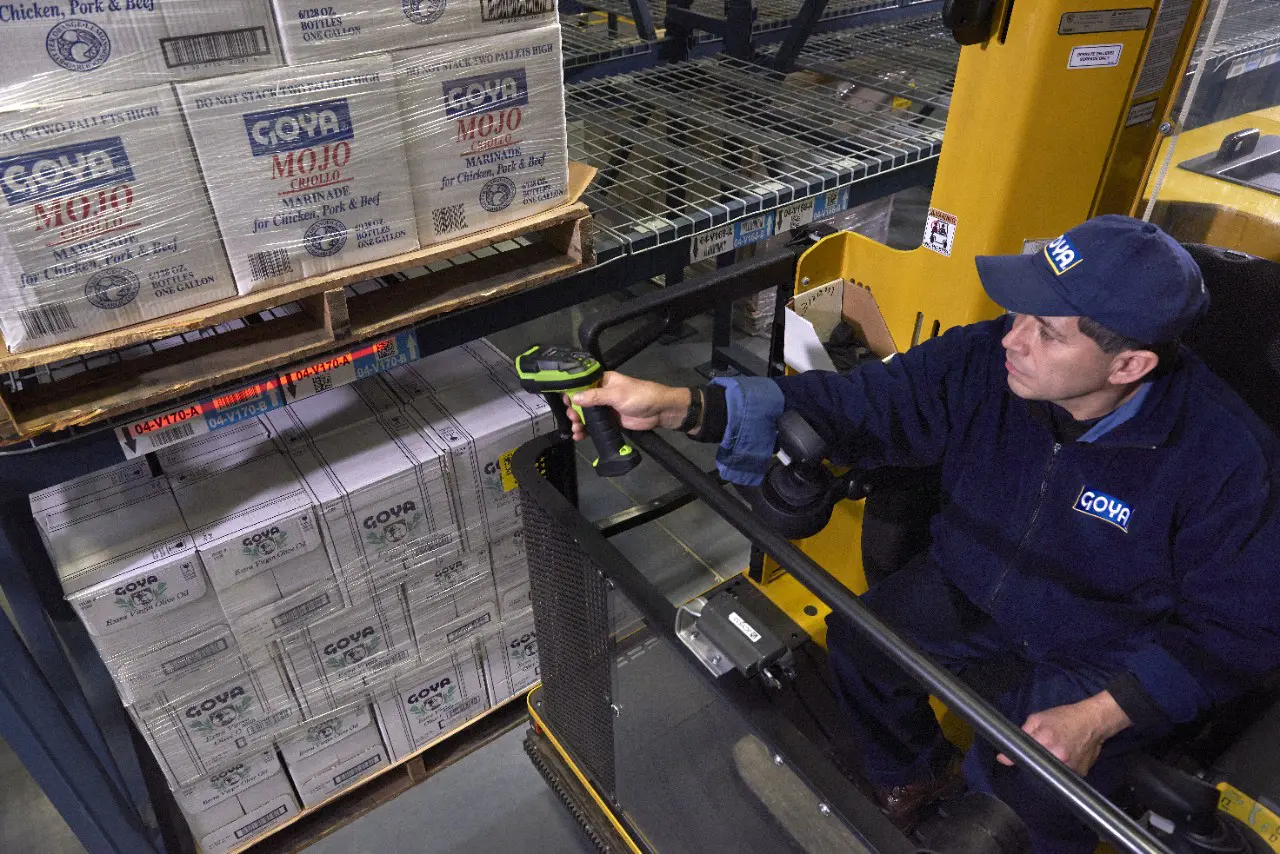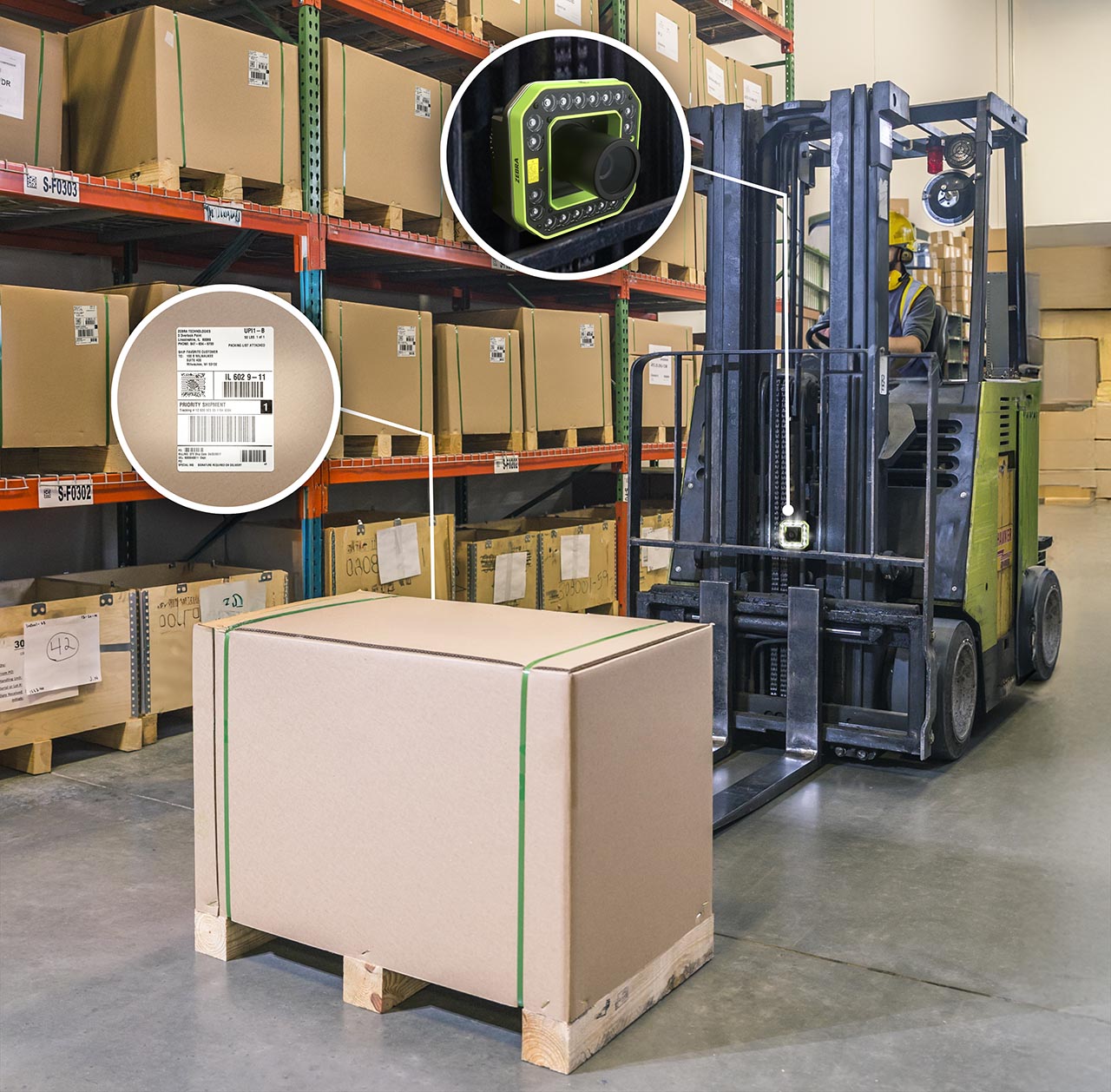
Every organization must take responsibility for managing its fixed assets. Tracking machinery, safeguarding IT gear, or managing vehicles requires visibility. Therefore, knowing what you own—and where—is essential.
However, traditional methods of asset tracking, like spreadsheets and barcode scans, often fall short. They’re time-consuming, error-prone, and lack real-time visibility.
That’s where RFID (Radio Frequency Identification) comes in. RFID automates how you identify, locate, and audit assets. This offers a smarter, faster, and more reliable solution. From reducing inventory times to improving security and accountability, RFID transforms fixed asset management into a streamlined, data-driven operation.
This guide covers the definition of fixed assets and how RFID helps manage them. We’ll also explore benefits and best practices.
What is a Fixed Asset?
A fixed asset is a long-term tangible piece of property or equipment that a business owns and uses in its operations to generate income. Unlike inventory or consumable items, fixed assets are not intended for sale or immediate consumption. Instead, they provide ongoing value over a period of years.
Common examples of fixed assets include:
- Machinery and equipment
- Office furniture and fixtures
- Vehicles and fleet assets
- Computers and IT hardware
- Buildings or leasehold improvements
Companies record fixed assets on their balance sheets and track their depreciation over time. Because they represent a significant investment, organizations must manage them carefully—tracking their location, usage, condition, and lifecycle status.
RFID technology offers a more efficient and accurate alternative to traditional methods of asset tracking and management.

Why RFID Is Needed for Fixed Asset Management
Fixed assets are essential to day-to-day business operations, yet keeping track of them can be surprisingly difficult. Traditional methods—like manual audits, spreadsheets, and even barcode systems—leave too much room for error, inefficiency, and oversight. As organizations grow and their asset footprint expands, the limitations of these older systems become more apparent.
Here’s why RFID is increasingly seen as a must-have technology for fixed asset management:
Manual Tracking Is Time-Consuming and Error-Prone
Performing asset audits by hand or scanning barcodes one by one takes time and effort. It often requires physical access to each item and depends heavily on staff accuracy. Missed items, misplaced assets, and data entry mistakes are common—leading to gaps in reporting and costly discrepancies.
Barcodes Require Line-of-Sight
While barcodes can be helpful, they need a direct line of sight to be scanned. This means items must be unpacked, uncovered, or repositioned—adding unnecessary steps to the process. RFID, by contrast, doesn’t require line-of-sight and can scan multiple items at once, even if they’re inside boxes, behind walls, or in storage.
Assets Are Mobile and Distributed
Modern organizations often have assets spread across offices, warehouses, job sites, or even in transit. With RFID, fixed assets can be tracked continuously as they move, enter or leave secure zones, or are checked in or out by employees—offering far more control and visibility than static recordkeeping.
Audits and Compliance Require Accuracy
Inaccurate asset records can cause compliance issues, audit failures, and financial losses. Furthermore, RFID ensures asset data is updated in real time, reducing risk and ensuring compliance with accounting standards, insurance requirements, or government regulations.
How RFID Works in Fixed Asset Management
At the core of RFID-based asset management is the seamless interaction between tags, readers, and software systems. This technology allows organizations to automatically identify, locate, and manage their fixed assets with minimal manual intervention and maximum accuracy.
RFID Tags and Readers
Each fixed asset gets an RFID tag that stores key data such as its ID, purchase date, maintenance schedule, or assigned owner. Tags can be passive (powered by the reader) or active (with their own battery for longer range). The choice between passive and active tags typically depends on the asset’s value, mobility, and required read range.
RFID readers are oftenn placed at entry points or work zones collect tag data and send it to a central system. These readers come in handheld or fixed varieties and can operate on different frequency bands—low-frequency (LF), high-frequency (HF), and ultra-high-frequency (UHF)—depending on the read range and environmental conditions of the deployment.
Quick Tip: Choose the right tag for the environment. If your assets are exposed to extreme temperatures, metal surfaces, or outdoor conditions, make sure to select RFID tags designed to withstand those environments. And always test tag readability before full deployment.

Automatic Asset Identification
One of the key advantages of RFID is that it doesn’t require a direct line of sight to identify an asset. RFID readers can scan many tags at once—even through doors, containers, or hard-to-reach areas—unlike barcodes, which require individual scans. This allows for faster inventory counts, simplified audits, and significantly less disruption to daily operations.
Each RFID tag carries a unique identifier, ensuring that even similar items (like a fleet of identical laptops or machinery) can be tracked individually. This level of granularity not only improves accountability but also enables more accurate lifecycle tracking and maintenance planning.
Quick Tip: Maximize coverage with strategic reader placement. Install fixed readers at high-traffic or access-controlled areas—like doorways, loading docks, or storage rooms—to automatically capture asset movement without disrupting daily workflows.
Data Storage and Integration
The data gathered from RFID readers is stored in a centralized database, giving organizations a real-time view of where assets are and how they’re being used. Authorized users can access this information through asset management software, dashboards, or mobile apps—making it easier to locate missing items, verify equipment status, and make informed operational decisions.
Additionally, RFID systems can connect directly to ERP or asset management platforms. This integration streamlines workflows such as depreciation tracking, maintenance scheduling, and asset check-in/check-out processes—reducing manual entry, eliminating duplication, and boosting productivity.
Quick Tip: Integrate with your existing systems early. Plan integration with your ERP or asset management software from the start. This ensures smooth data flow, reduces duplication, and helps you get actionable insights from day one.
RFID Fixed Asset Management – Key Takeaways
RFID fixed asset management isn’t just about tracking what you own—it’s about transforming how you manage your resources. By automating asset identification, improving data accuracy, and providing real-time visibility, RFID empowers organizations to make smarter decisions, reduce losses, and operate more efficiently.
Whether you’re managing thousands of pieces of equipment across multiple sites or just looking to simplify inventory audits, RFID brings the speed, scalability, and reliability that traditional methods can’t match. As businesses face growing pressure to do more with less, investing in RFID isn’t just a tech upgrade—it’s a strategic advantage.
Ultimately, now’s the time to move beyond spreadsheets and barcodes. With the right planning, tools, and team, your fixed asset management system can become a source of insight and control—not a source of headaches.
Interested in RFID?
An RFID tracking system can help organizations of all sizes improve their supply chain efficiency. Contact the CYBRA team to schedule a demo today.















